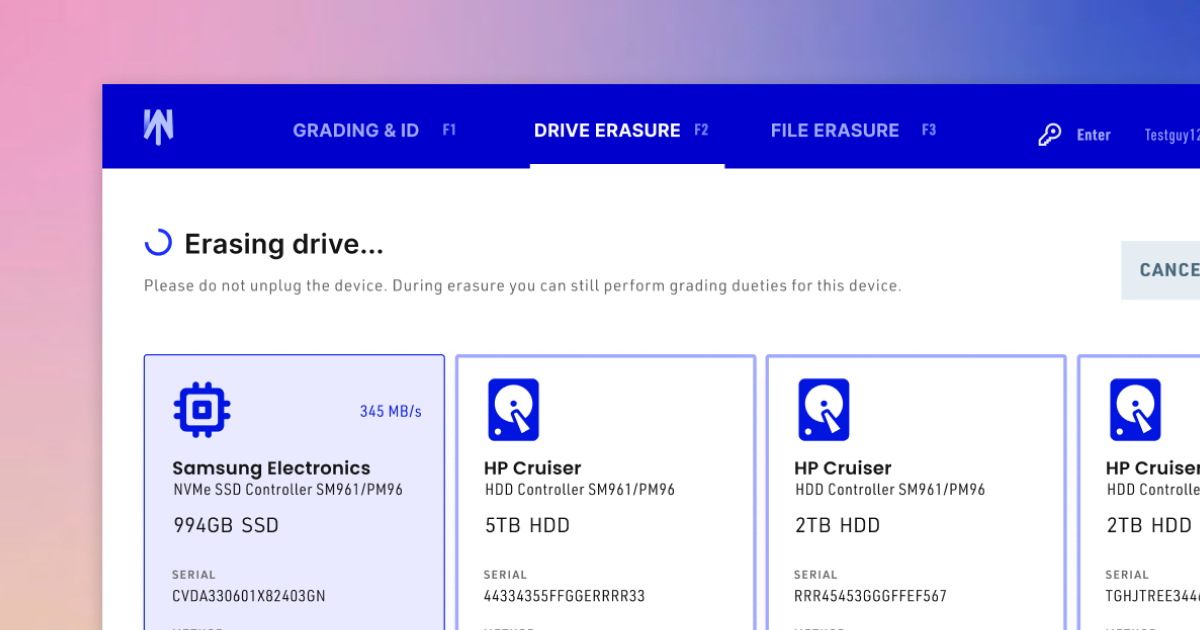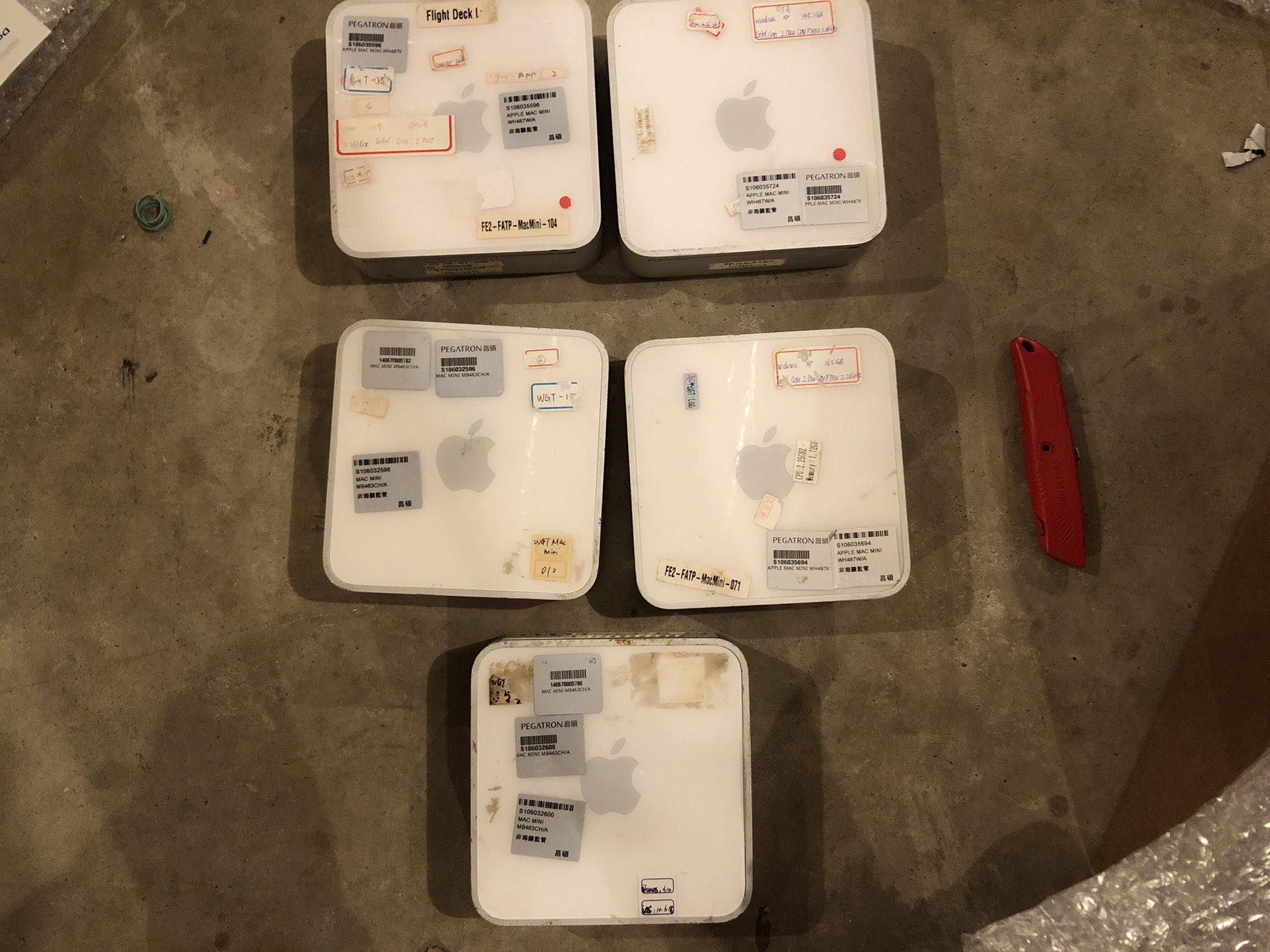Beyond the environmental impact, let’s look deeper at how e-waste is endangering humanity at a global level. You can help.

There are plenty of reasons to recycle your endpoints. Employees come and go, and budgets are always stretched thin. Device recycling helps you address both of those corporate realities; but today, there’s even greater cause to rely on your devices for longer periods of time to ensure a safe recycling process once they’ve reached end of life: protecting our world’s children.
Mounting e-waste, a danger to children’s health
Discarded cell phones, computers, TVs, monitors, household appliances, video games and many more electronic devices equate to the production of more than 50 million tonnes of electronic waste every year. The World Health Organization (WHO) describes it as a ‘tsunami of e-waste’ that puts lives and health at risk.
Just 20% of this e-waste gets formally recycled each year which means the remaining 80% either ends up in a landfill, contaminating soil and groundwater, putting regional food supplies and water sources at risk. Regrettably, much of this is informally recycled in our world’s poorest countries by our most vulnerable population, children.
According to a 2021 report from the WHO, more than 18 million children, some as young as 5 years of age, work in the informal industrial sector of which e-waste processing is a sub-sector. They either pull apart the electronic devices by hand to recover valuable materials like copper or gold or they burn them. Both processes lead to overwhelmingly high exposure to harmful toxins such as mercury, lead, cadmium, arsenic, and flame retardants.
The implications are tragic. In children, e-waste toxin exposure has been linked to adverse respiratory effects, changes in lung function, DNA damage, impaired thyroid function, and an increased risk of chronic diseases later in life including cancer and cardiovascular disease. In expecting mothers, toxic e-waste affects not only her health, but that of her unborn child. Often, it impacts that child in lifelong ways including increased rates of attention deficit/hyperactivity disorder (ADHD), behavioral problems, changes in child temperament, sensory integration difficulties, and reduced cognitive and language scores.
Children often find themselves working in digital waste processing graveyards to help support their hungry families. It’s also because their hands are smaller and more dexterous. While they might be the preferred worker, they are also at greater risk for harmful side effects because they have less developed organs.
Government action
Thanks to education from humanitarian organizations like the WHO, World Economic Forum and the UN Environment Program, many governments around the world have recognized this growing crisis and launched initiatives to end the harmful practices and encourage green standards. But overhauling the electronics system is a massive undertaking that requires change from governments, electronics manufacturers, importers, exporters, and users. Bold ideas are being discussed at the manufacturing level, including new device-as-a-service options which is an extension of current leasing models. They are also being encouraged to improve their product tracking and take-back schemes.
To end the human toll of a linear economy with its take, make, dispose model of production, a culture shift is needed to instead embrace a circular economy that is focused on reducing, reusing, and recycling.
How you can help
While electronic manufacturers work to adopt new ownership models and implement more robust take-back programs, you can also help by ensuring company-owned devices get reused. Devices can be recycled across multiple users as employees leave and new people enter the organization. Should device repairs be needed before a new employee can use it, new Right-to-Repair regulations being propped up globally will help make those repairs easier and more cost effective.
Before a device can be issued to a new user (or sent to an external repair shop) data must first be wholly erased. Global data privacy laws require it; your company demands it. This is where Securaze can help. We are a powerful asset diagnostics and certified data erasure platform that delivers complete device control and visibility. Securaze enables IT to wholly sanitize devices - a permanent, irreversible data removal with a 100 percent tamper-proof audit trail. Only with data fully erased can you safely reuse or recycle devices.
Without data erasure, you’re leaving your company at risk for data leakage, whether that be through inappropriate access to data by a new employee, repair shop employees, or even hackers who have been known to pilfer discarded electronics from digital graveyards around the globe.
According to the World Economic Forum, the amount of e-waste is predicted to more than double by 2050 to 120 million metric tons annually. Without everyone doing their part to recycle and further a circular economy, everyone will suffer, particularly our children.


